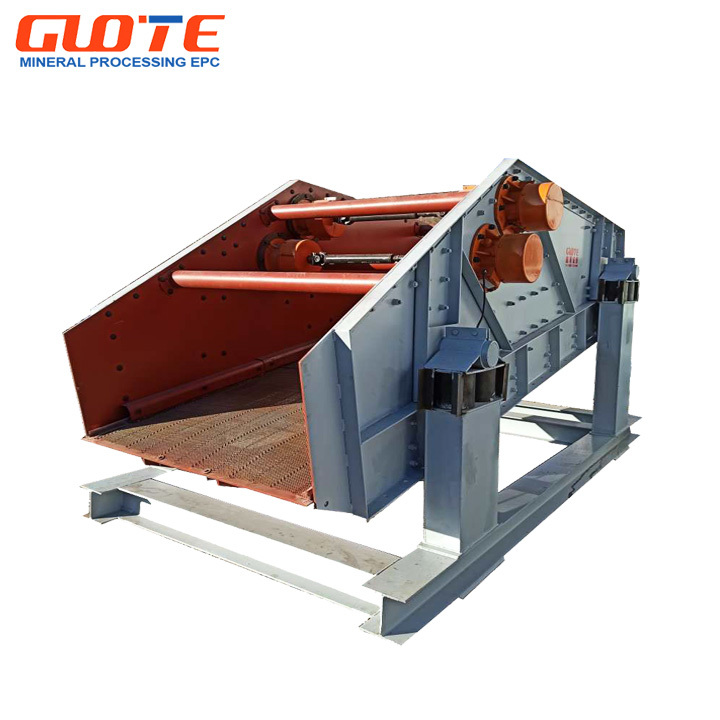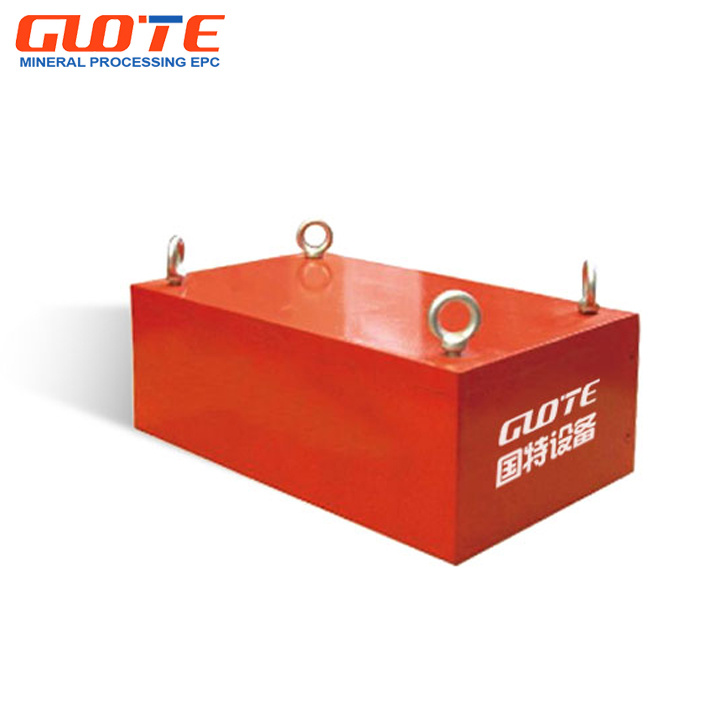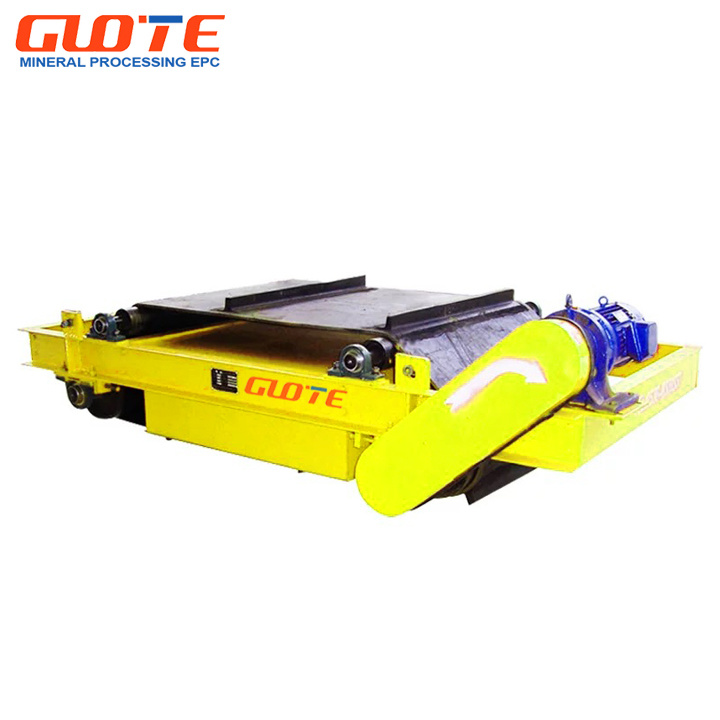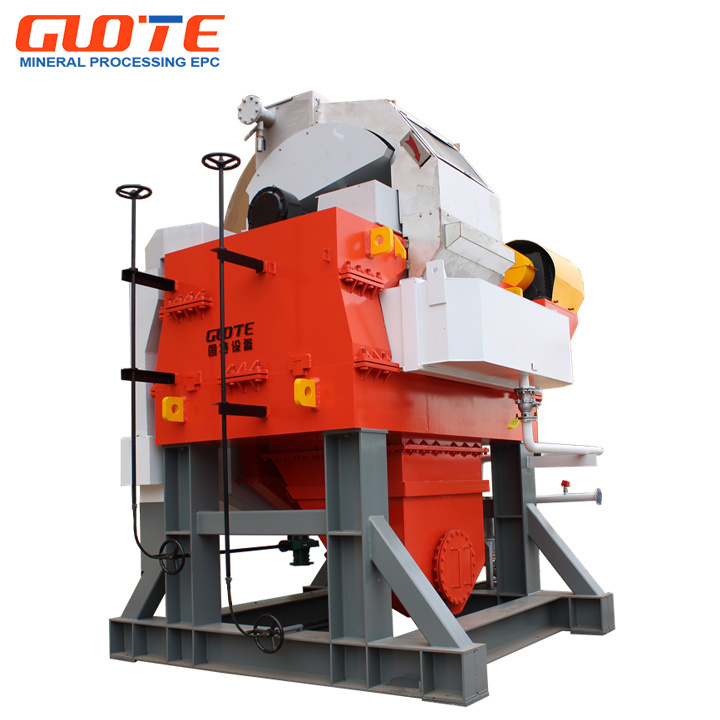Understanding the Cost-Effectiveness of Wet Type Glass Sand Processing
Understanding the Cost-Effectiveness of Wet Type Glass Sand Processing
Table of Contents
- 1. Introduction to Wet Type Glass Sand Processing
- 2. What is Wet Processed Glass Sand?
- 3. Advantages of Wet Type Glass Sand Processing
- 4. Economic Analysis of Wet Type Glass Sand Processing
- 4.1 Initial Investment Requirements
- 4.2 Operational Costs and Maintenance
- 4.3 Return on Investment (ROI)
- 5. Applications of Wet Type Glass Sand Processing
- 6. Future Trends in Wet Type Glass Sand Processing
- 7. Conclusion
- 8. FAQs about Wet Type Glass Sand Processing
1. Introduction to Wet Type Glass Sand Processing
The manufacturing industry is constantly evolving, with new techniques emerging to enhance efficiency and product quality. One such innovation is **wet type glass sand processing**, a method that has gained popularity due to its numerous advantages over traditional dry processing methods. Understanding the cost-effectiveness of this technique is essential for manufacturers looking to optimize their operations and maximize profitability. This article provides a detailed analysis of wet type glass sand processing, including its advantages, economic implications, and applications in various industries.
2. What is Wet Processed Glass Sand?
Wet processed glass sand refers to sand that has undergone a specific treatment involving water or other liquids during the processing phase. This method effectively separates impurities and enhances the quality of the glass sand, making it suitable for various applications in glass manufacturing and other sectors. By employing this technique, manufacturers can achieve a higher purity level and better consistency in their glass products.
3. Advantages of Wet Type Glass Sand Processing
Wet type glass sand processing offers several benefits that contribute to its growing adoption in the industry.
3.1 Enhanced Quality of Glass Sand
One of the most significant advantages of wet processing is the improved quality of the glass sand produced. The use of water during processing helps to eliminate contaminants such as clay, silt, and organic materials, resulting in a purer final product. This enhanced quality is crucial for manufacturers, as it directly impacts the performance and durability of the finished glass products.
3.2 Reduced Environmental Impact
Wet processing techniques are generally more environmentally friendly compared to dry methods. By using water as a medium, the process reduces dust emissions and minimizes the environmental footprint associated with sand processing. Furthermore, many modern wet processing systems are designed to recycle water, making them more sustainable and resource-efficient.
3.3 Cost Savings and Efficiency
The cost-effectiveness of wet type glass sand processing is evident in its ability to lower operational costs. The reduced need for downstream processing and the higher recovery rates of quality sand lead to significant savings in both time and resources. Manufacturers can benefit from improved efficiency, as the wet processing method generally requires less energy than traditional dry methods.
4. Economic Analysis of Wet Type Glass Sand Processing
A comprehensive economic analysis is essential for manufacturers considering the transition to wet type glass sand processing. Understanding the financial implications can help organizations make informed decisions regarding their production methods.
4.1 Initial Investment Requirements
Transitioning to wet processing often involves an initial investment in specialized equipment and technology. This may include washing and classification systems, water treatment facilities, and storage solutions. While the upfront costs can be significant, the long-term benefits and potential cost savings should be considered.
4.2 Operational Costs and Maintenance
Operational costs for wet type processing may vary depending on factors such as the scale of production and the specific technologies employed. However, the overall maintenance costs tend to be lower due to reduced wear and tear on equipment. Additionally, the efficiency gained from higher quality sand can lead to decreased operational costs over time.
4.3 Return on Investment (ROI)
The return on investment for manufacturers adopting wet type glass sand processing can be substantial. By improving product quality and reducing operational costs, companies can enhance profitability. Furthermore, as demand for high-purity glass products continues to rise, manufacturers can capitalize on market opportunities, ensuring a strong ROI.
5. Applications of Wet Type Glass Sand Processing
Wet type glass sand processing is versatile and finds applications across various industries. Some key applications include:
- **Container glass manufacturing**: High-purity sand is essential for producing high-quality glass containers.
- **Flat glass production**: The automotive and architectural glass sectors benefit from the use of wet processed sand, ensuring consistent quality and performance.
- **Fiber glass manufacturing**: The enhanced quality of glass sand contributes to the strength and durability of fiberglass products.
6. Future Trends in Wet Type Glass Sand Processing
As the manufacturing industry continues to evolve, several trends are emerging in wet type glass sand processing:
- **Technological advancements**: Ongoing innovations in processing technology will further enhance efficiency and quality.
- **Sustainability initiatives**: With increasing environmental regulations, manufacturers will place a greater emphasis on sustainable practices, leading to the adoption of water recycling and energy-efficient systems.
- **Market demand for high-purity products**: The growing need for high-quality glass products will drive the demand for wet processed glass sand, making it a critical focus for manufacturers.
7. Conclusion
In summary, wet type glass sand processing presents a compelling case for manufacturers seeking to improve quality and reduce costs. The advantages of enhanced product quality, reduced environmental impact, and overall cost savings make this method an attractive option in an increasingly competitive market. By understanding the economic implications and applications of wet processed glass sand, businesses can position themselves for success in the evolving landscape of the manufacturing industry.
8. FAQs about Wet Type Glass Sand Processing
1. What are the main benefits of wet type glass sand processing?
The main benefits include enhanced product quality, reduced environmental impact, and significant cost savings.
2. How does wet processing improve sand quality?
Wet processing eliminates impurities such as clay and organic materials, resulting in a purer final product.
3. What kind of equipment is required for wet type glass sand processing?
Specialized equipment such as washing systems, classifiers, and water treatment facilities are typically required.
4. Is wet processing more environmentally friendly than dry processing?
Yes, wet processing generally produces less dust and allows for water recycling, reducing the overall environmental footprint.
5. How can manufacturers calculate the return on investment for wet type glass sand processing?
By comparing initial investment costs, operational savings, and potential revenue increases from higher quality products, manufacturers can assess ROI effectively.
Wet type glass sand processing line
Previous Page
Previous Page
Related Products
Related News






